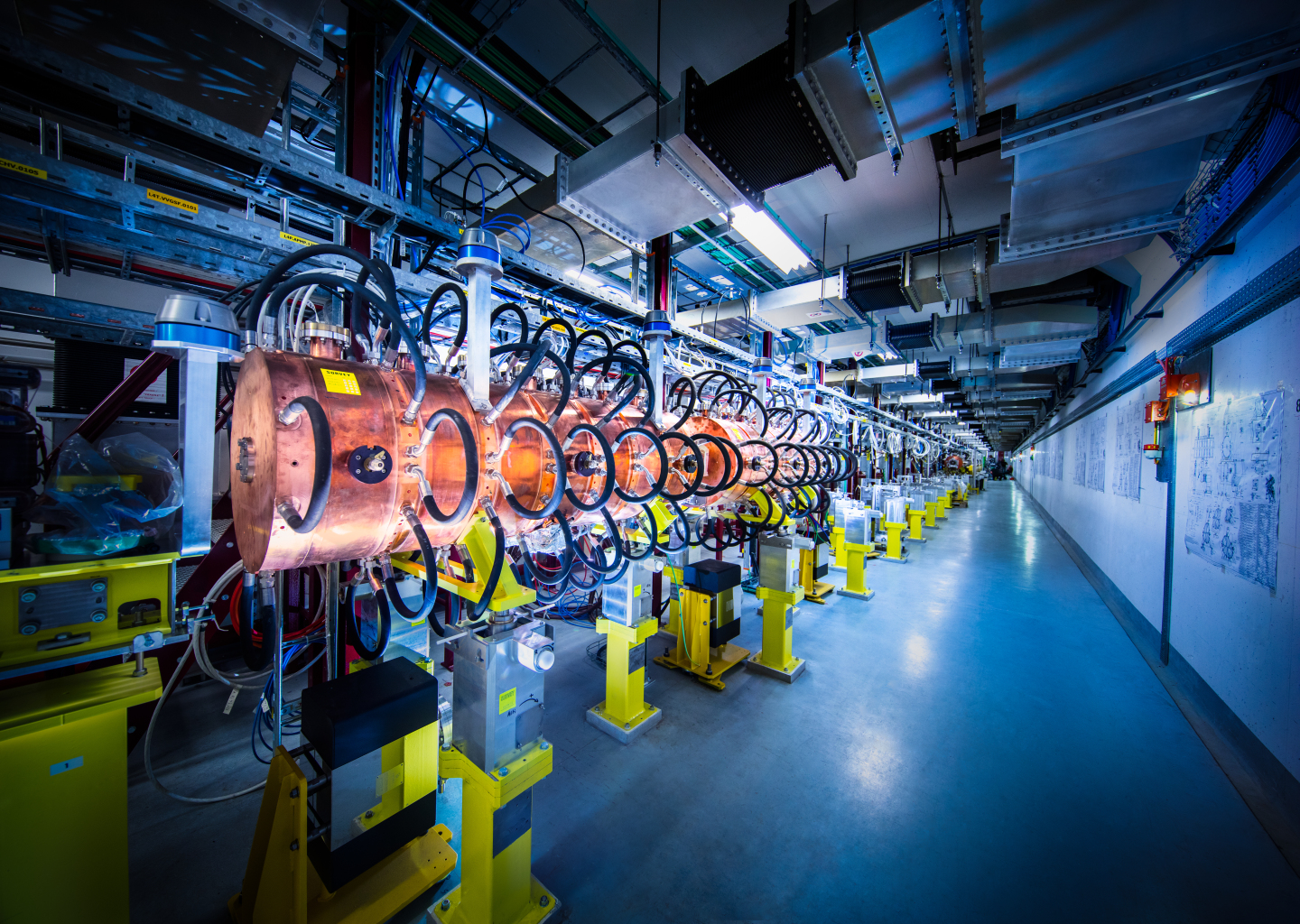The realm of particle accelerators, exemplified by prominent institutions like CERN and Fermilab, has captivated the imaginations of scientists and laypersons alike. Their capacity to unlock the fundamental mysteries of the universe is fundamentally enthralling; however, beneath this marvel lies a tapestry of potential hazards that warrants a comprehensive examination. The dangers associated with high-energy particle accelerators are multifaceted, arising from a blend of radiation risks, mechanical failures, and profound ethical dilemmas intertwined with scientific exploration.
To begin elucidating these dangers, it is essential to recognize the primary hazard: radiation exposure. Particle accelerators operate by colliding particles at velocities approaching the speed of light, creating reactions that can yield various forms of radiation, including ionizing radiation. This radiation can be detrimental to human health and the environment if not meticulously managed. The design of accelerator facilities incorporates intricate shielding mechanisms, employing materials such as concrete and lead to attenuate radiation levels within operational zones. Nevertheless, unshielded exposure, particularly to workers or nearby populations, poses a significant risk, especially in the event of unforeseen emergencies.
Moreover, the production of secondary particles during collisions adds another layer of complexity to radiation safety protocols. High-energy collisions can generate muons, neutrons, and other radioactive particles that can escape containment if proper precautions are not exercised. Instances of accidental exposure, although rare due to stringent regulatory frameworks, underscore the necessity for ongoing vigilance. Facilities must continually assess and mitigate risks to ensure their operations do not contribute to detrimental public health outcomes.
In addition to radiation hazards, mechanical failures of accelerator components present critical risks. These accelerators contain vast arrays of sophisticated machinery, including superconducting magnets, vacuum systems, and cryogenic technologies. The failure of any critical component can precipitate catastrophic scenarios, ranging from minor malfunctions to full-scale disasters. For instance, the 2008 incident at the Large Hadron Collider (LHC) at CERN—an event precipitated by a faulty electrical connection—led to a significant shutdown, highlighting the fragility of such complex systems. Such mechanical failures not only impede scientific progress but could also result in hazardous material leaks or infrastructure damage, thereby endangering personnel and the surrounding environment.
Environmental implications of particle accelerators further exacerbate the concerns surrounding their operation. The considerable energy requirements necessary to sustain the functions of accelerators raise questions regarding sustainability and ecological impact. The acceleration of particles involves the consumption of vast quantities of electricity, often sourced from non-renewable energy supplies. This reliance contributes to carbon footprints and broader climate change implications. Furthermore, the disposal of radioactive materials generated during experiments needs to follow stringent environmental guidelines, with long-term storage solutions necessitating careful planning to ensure safety for future generations.
Another dimension of risk involves the ethical considerations inherent in high-energy physics research. The pursuit of knowledge at these accelerators frequently encounters philosophical obstacles, particularly regarding the unintended consequences of scientific discovery. As researchers conduct experiments probing the fabric of the universe, they must grapple with potential ramifications linked to the creation of exotic matter or the manipulation of fundamental forces. Theoretical discussions surrounding black holes or vacuum decay, while typically relegated to fringe theories, provoke legitimate fears about the conceivable ramifications of unintended consequences emanating from experiments. Although the chances of creating a catastrophic event are astronomically low, the very discussion underscores the precarious intersection of scientific curiosity and existential risk.
Moreover, the social and political ramifications associated with the location and operation of these facilities are significant. Particle accelerators like CERN and Fermilab often operate within complex geopolitical landscapes, necessitating collaboration between diverse nations. This collaboration can foster international camaraderie but may also incite tensions surrounding resource allocation, research priorities, and environmental policies. The visibility of these institutions attracts public scrutiny, raising questions about the ethical stewardship of scientific resources and priorities amid pressing global challenges such as healthcare, education, and climate change. Consequently, as the global community continues its foray into advanced physics, the ethical management of research becomes paramount.
Furthermore, there exists a fascination with the capabilities of particle accelerators that borders on the mystical. This avid curiosity often eclipses the comprehensive discussion surrounding the attendant dangers of such high-stakes research. The allure of probing the subatomic realm is irresistible, with discoveries like the Higgs boson and inquiries into dark matter eliciting wonder and imagination. However, there lies a profound responsibility to temper this fascination with a nuanced understanding of the inherent risks. Engaging the public in dialogue surrounding these dangers not only fosters informed discourse but also cultivates a sense of responsibility about scientific endeavors and their implications for humanity.
In summation, while particle accelerators are powerful tools for unraveling the complexities of our universe, they encompass a series of dangers that merit rigorous assessment. From radiation exposure and mechanical failures to environmental concerns and ethical quandaries, the operation of facilities such as CERN and Fermilab encapsulates a delicate balance between scientific progress and societal responsibility. As the quest for knowledge continues, it is imperative that the scientific community remains vigilant, prioritizing safety, ethics, and public engagement to harmonize exploration with accountability. Only by addressing these dangers head-on can humanity truly harness the potential of particle accelerators while mitigating the risks they entail.












